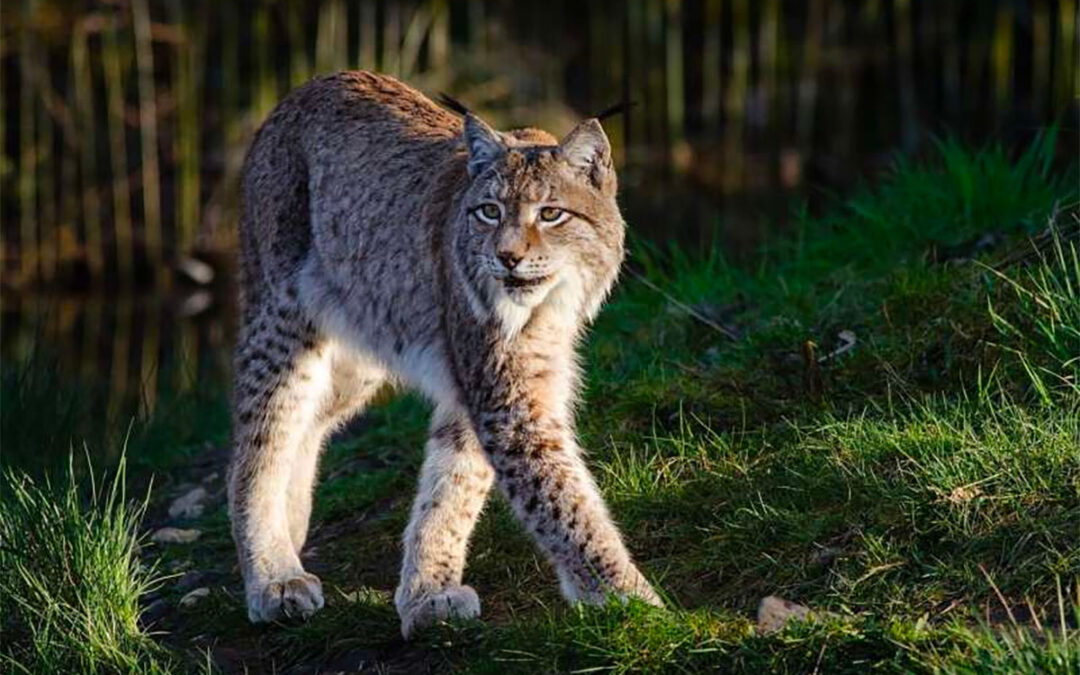It’s absolutely one of the worst places in the country for clearcuts. So we’re thrilled that the Court agreed with us and halted the logging project. But going even further, the Court’s Order vacated the Forest Service’s approval of this logging and road-building project that would have clearcut federally-designated lynx Critical Habitat in the Beartooth Mountains, which are part of the Greater Yellowstone Ecosystem just west of Red Lodge, Montana and north of Yellowstone National Park.
We first sued to stop the Greater Red Lodge logging project in July 2015 and the Forest Service withdrew the decision authorizing the logging in November 2016 after a federal district court granted our request for an injunction. The Court found the Forest Service had violated the law by not consulting with the Fish and Wildlife Service on the potential impacts to federally-designated lynx Critical Habitat. But then the Forest Service plowed on and signed a new decision, so we challenged it in court again in July 2021.
The Forest Service wanted to sacrifice lynx, grizzly bear, and elk habitat to subsidize the timber industry at a cost of $588,000 federal taxpayer dollars. We tried to work with the Forest Service on this, but the agency stubbornly refused to acknowledge the best available science or the law and instead arbitrarily side-stepped the public, changed definitions, and tried to remap federally-designated lynx habitat to get around legally-mandated habitat protection requirements.
The Greater Red Lodge Timber Sale is in the Custer-Gallatin National Forest, directly adjacent to the Absaroka-Beartooth Wilderness Area and two designated Inventoried Roadless Areas: Burnt Montana and Red Lodge Creek-Hellroaring. As proposed, the project would have built and rebuilt 19 miles of logging roads – some of which are currently trails — to commercially log 1,051 acres over a period of five to ten years. The project also included clearcutting over 500 acres of mature forests in federally-designated lynx critical habitat and grizzly bear habitat despite both species being listed as “threatened” under the Endangered Species Act.
We wish the Forest Service would have listened to our comments when we told them that it was against the law to eliminate lynx critical habitat without taking public comment. Simply put, lynx do not survive in areas with massive clearcutting – we can’t have both huge clearcuts and lynx. The Forest Service knows this – and to the agency’s shame, it illegally tried to hide it from the public. But the court put a stop to it.
The Forest Service contended the areas the agency wants to log are no longer lynx habitat. But it did this without explaining to the public why this would be the case – and then refused to take public comment on this issue as required by the National Environmental Policy Act.
The whole purpose of the Endangered Species Act is to maintain and restore threatened and endangered species and the ecosystems upon which they depend so the species don’t go extinct. Therefore the Forest Service had a big problem with their proposal for clearcutting, since clearcuts completely destroy lynx habitat. Yet, even though the existing maps clearly identified the project area as lynx habitat and fully meets the legal definition of lynx habitat, the agency tried to pull a fast one by arbitrarily trying to drop the ‘lynx habitat’ designation from the maps.
The harsh reality, undeniably proven by all the best available science, is that more logging leads to less lynx. Almost all areas where there has been more logging have seen lynx decline as logging increased. It is time to say no to more road building and clearcuts and get on with the important work of protecting habitat to actually recover the lynx as required by the Endangered Species Act.
The fight is not over, please consider helping us protect habitat for native species in the Greater Yellowstone Ecosystem.
Mike Garrity is the Executive Director of the Alliance for the Wild Rockies
